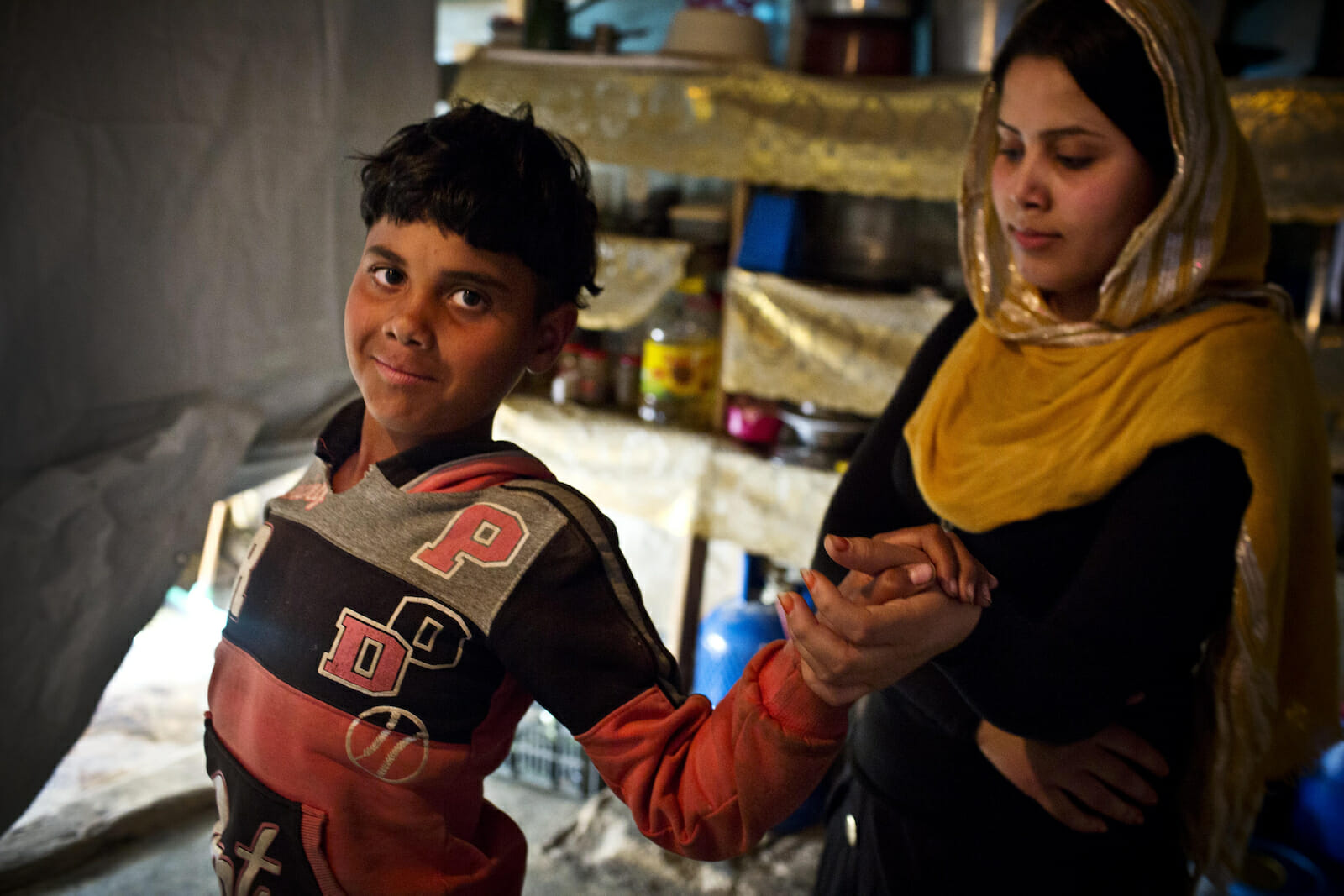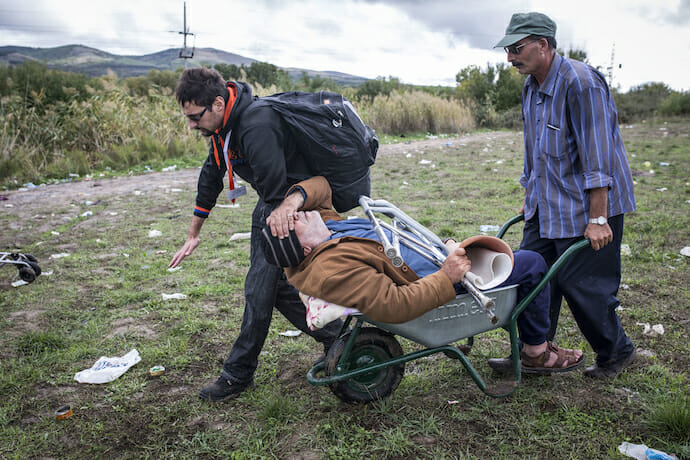
When a Disability Becomes a Target
Many would argue that acts such as forced sterilization, prolonged restraints, solitary confinement, and food deprivation amount to grave abuses of human rights. When such abuses are committed by or at the acquiescence of state officials, it often constitutes torture. However, these practices are often routine regarding the treatment of persons with disabilities.
Disability Rights International (DRI) has documented these abuses taking place in private and state-run institutions in a number of countries, including Serbia, Turkey, Mexico, and even in the United States. Manfred Nowak, the UN Special Rapporteur on torture and other cruel, inhuman, or degrading treatment or punishment, reinforced these findings, referencing the grave abuse of persons with disabilities as “an invisible, unrecognized torture.” At the least, when this maltreatment does not amount to torture it is still a clear violation of a number of human rights, including the right to health, right to freedom of movement, right to liberty, and the right to enjoy legal capacity in all areas of life, including whether to accept medical treatment.
What indicates torture?
Four primary elements lead to the recognition of an act as torture: severe pain, intent, purpose, and an act or omission by a government official. Prolonged use of restraints, common in the treatment of persons with disabilities, can lead to muscular atrophy, life-threatening deformities, psychological damage, or even organ failure and death. Unmodified electroconvulsive therapy (ECT), conducted without anesthesia, muscle relaxant, or oxygenation, can further inflict severe pain and lead to severe medical consequences. Many of the other abuses directed at persons with disabilities are already well recognized as amounting to torture.
Persons with disabilities are the targets of these grave abuses on the basis of their disability. Whether or not the actions are conducted with “good intent” or under the guise of “medical necessity” is obsolete, as often less intrusive or painful alternatives of treatment could be used. Further, there is a trend of these acts being performed without free and informed consent; unmodified ECT and forced sterilization and abortions are examples of such acts. Eric Rosenthal, a DRI representative, states that any act that is committed on the basis of this discrimination meets the requirement of purpose in constituting torture.

Promoting the concept of health refugees
Why must one recognize these grave abuses as torture? Reframing the maltreatment of persons with disabilities as torture can result in greater legal protections for persons with disabilities and better access to redress. Additionally, a torture verdict can qualify the right to seek asylum on the basis of threats to life and freedom and other grave abuses when under custody of or being treated by the state or state-run institutions. Refugee status is most often associated with individuals fleeing persecution of war, conflict, or state-sponsored genocide. It is a relatively new concept to consider refugee status outside of these common associations, but it is not unprecedented. There are increasing claims to refugee status by LGBTI individuals, providing precedent for applying refugee status to persons with disabilities.
To be recognized as a refugee, there must be a “well-founded fear of being persecuted for reasons of race, religion, nationality, or membership of a particular social group or political opinion.” In the case of persons with disabilities, they represent a social group which often experiences social exclusion or stigma on the basis of their disability. The abuses they endure under state custody or within state-run institutions are the direct result of discrimination on the basis of their disability, as they are performed under the guise of treatment.
Claims for refugee status would protect these individuals from refoulement or being sent back to their home country where they would face further abuse. Many refugees would have access to the same disability assistance as nationals, allowing them to receive medical care and treatment that may not be available in their home country.
What about non-refugees elsewhere?
In many countries, there is a severe lack of access to medical treatment for persons with disabilities. Many individuals believe that disabilities are the result of sin, immoral behavior, or lacking faith. These factors cause many to seek—or are sometimes forced to seek—treatment from traditional or religious healing centers or turn to their families to provide care. In many countries, persons with disabilities can face accusations of witchcraft. In one case in Liberia, six people, including three children, were chained to logs at a healing center due to these kinds of accusations.
In a faith healing institution in Kenya, a man with a psychosocial disability told Human Rights Watch, “I’ve been chained for five years. The chain is so heavy…I’m not allowed to wear clothes, only underwear. I have to go to the toilet in a bucket. I eat porridge in the morning and if I’m lucky, I find bread at night, but not every night…It’s not how a human being is supposed to be. A human being should be free.”
Persons with disabilities facing abuse at the hands of private actors do not have the ability to seek refugee status. If individuals can only seek asylum when facing persecution from the state, what can be done to protect those individuals who fall outside that category?
The Convention on the Rights of Persons with Disabilities seeks to protect persons with disabilities from grave abuses but it seems clear that many states have disability policies exceedingly violating basic human rights obligations. Organizations like Human Rights Watch and Disability International must continue to sustain international pressure on states. Further, states need to take positive measures to address the problem of social stigma.
There is a dire need to direct more resources to mental health and disability services. Countries currently spend, on average, less than two percent of their health budgets on mental health services. Many of these abuses could be addressed by increasing the allocation of resources to provide proper monitoring and oversight. Legislation regarding persons with disabilities which violates human rights obligations must be addressed and replaced. There is a pressing need to expand the protection of persons with disabilities and states need to be held liable for violations; a failure to do so will continue to lead to severe ill-treatment, torture, and even death.
